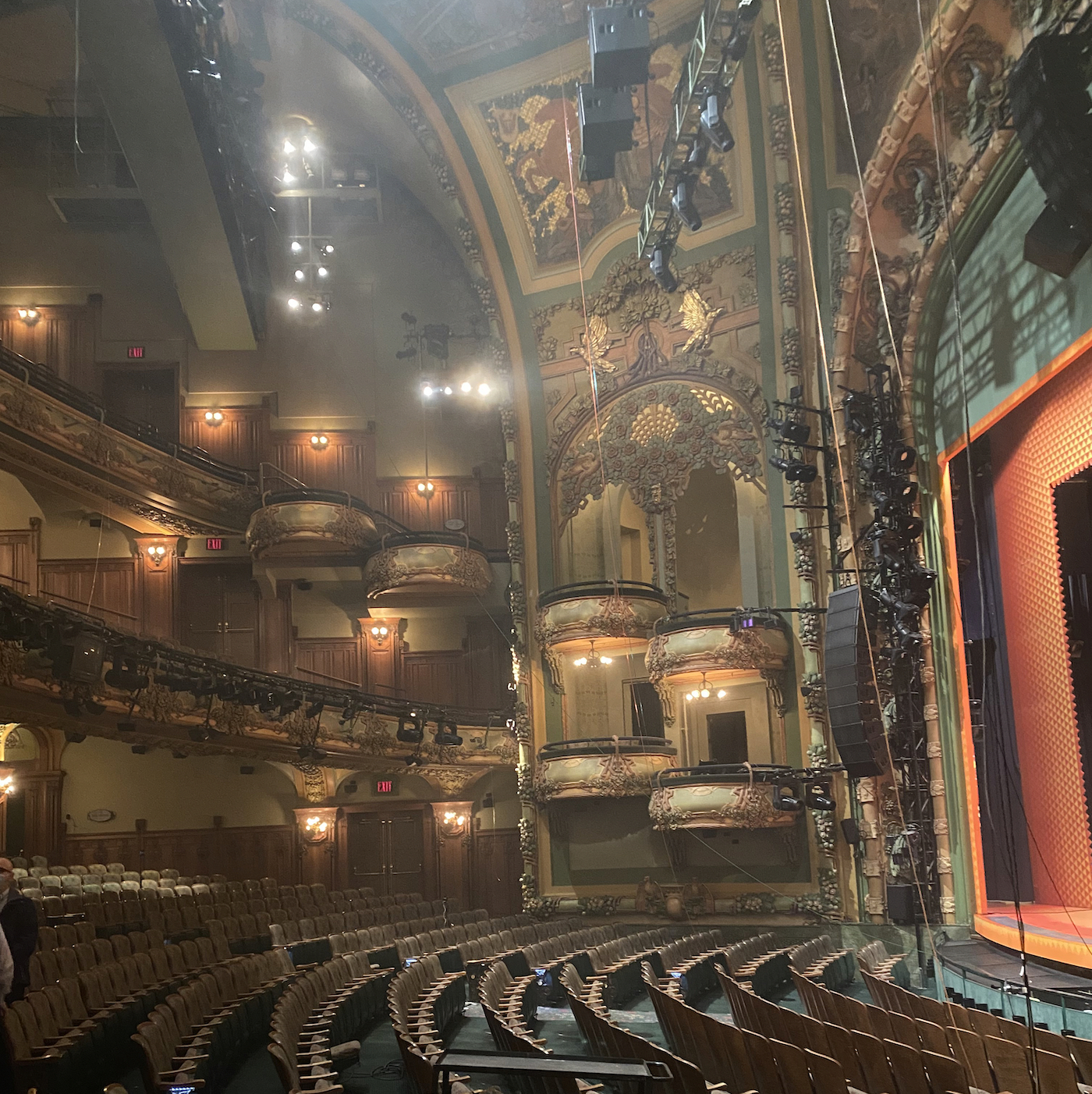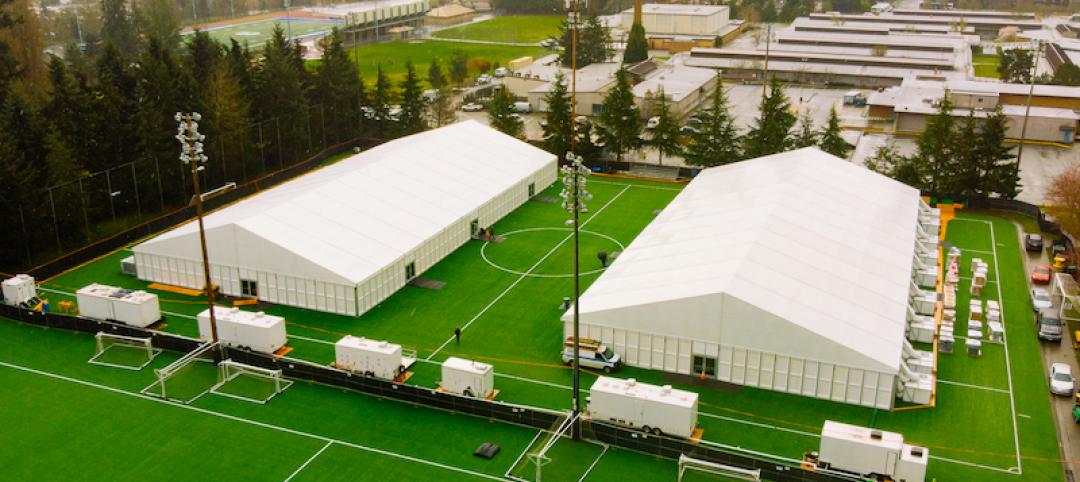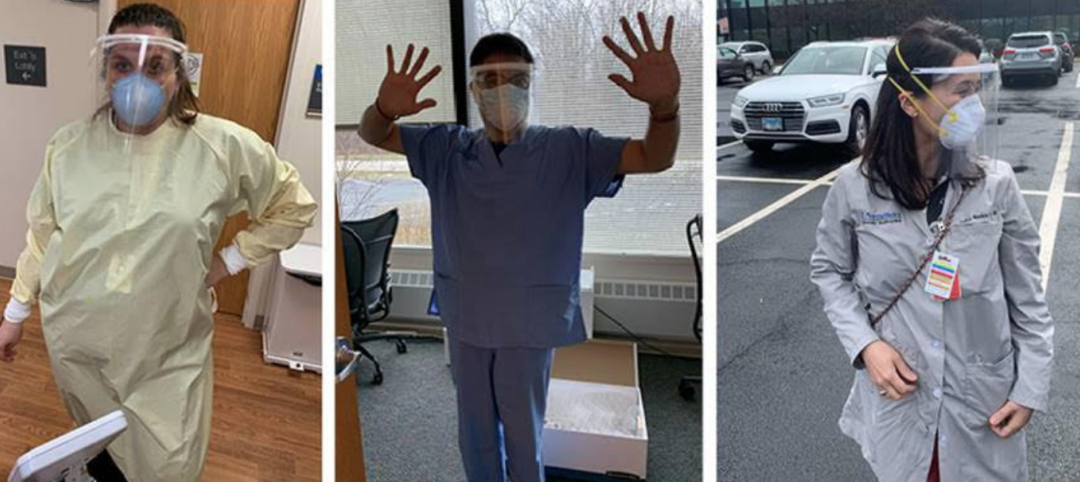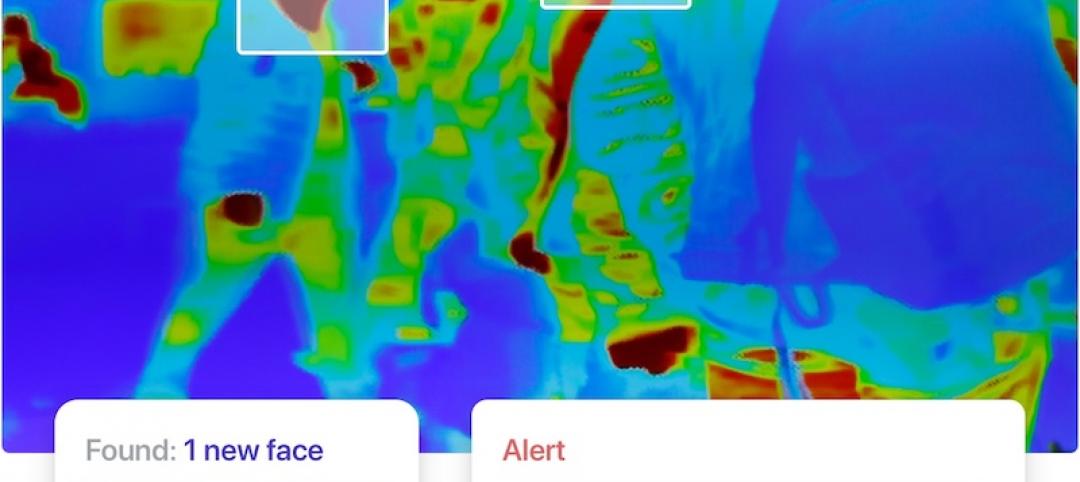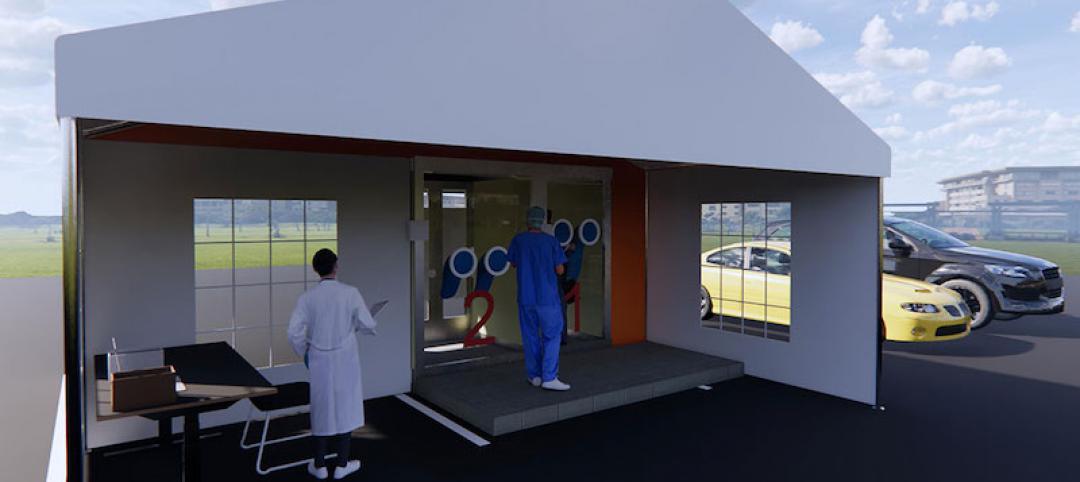As more is known about COVID-19, preventive measures continue to emerge and compete.
The engineering firm NV5, which provides third-party verification on WELL v2 projects for the Green Business Certification Institute, has been recommending to its clients Safe Traces, a solution that uses DNA-based sprays and sensors to verify engineering and HVAC controls for airborne contaminants. Its veriDART control verification uses “aerosol mobility indicators” to identify hotspots, assess ventilation and filtration, and inform remediations.
On January 15, the U.S. Environmental Protection Agency (EPA) announced approval of an emergency exemption request for the use of Grignard Pure, which claims to be the first-ever antimicrobial air treatment solution. Georgia and Tennessee were the first states granted exemptions to use Grignard Pure in certain indoor spaces. Another 17 states have expressed interest, according to Etienne Grignard, co-founder and CEO of Grignard Company in Rahway, N.J., whom BD+C interviewed in February.
“There’s no limit to where we can use it. The issue is just scaling the equipment to the system to which it is being deployed,” declares Mitchel Simpler, PE, FACEP, a Partner with Jaros, Baum & Bolles (JB&B), one of four engineering firms—the others being STV, ME Engineers, and Cosentini Associates—that comprise Grignard Pure’s engineering steering committee.
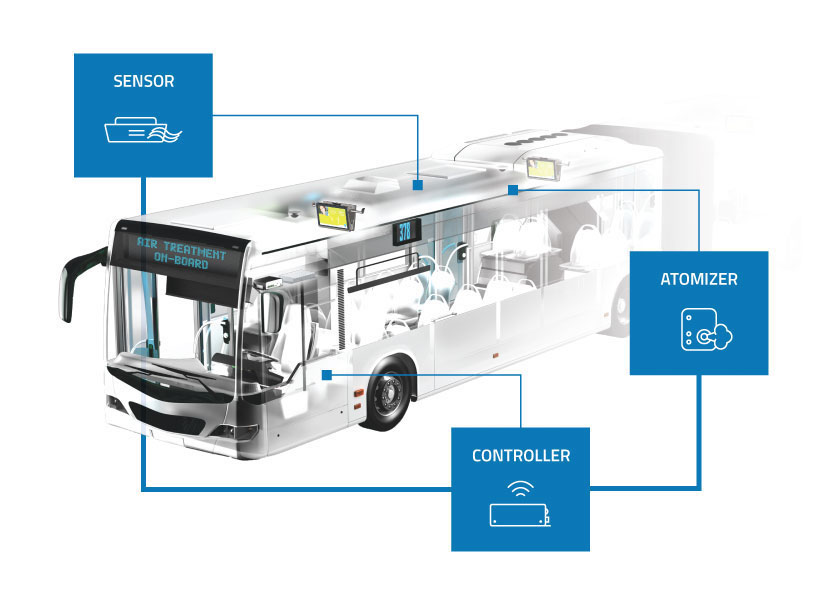
Grignard Pure has worked with Luminator Technology to devise an air treatment system for mass transit, which has already been tested on trains moving through several states. Courtesy of Grignard Pure
Simpler introduced Grignard to Dr. William Esposito, Founder of the Ambient Group and a leading industrial hygienist, who was an early proponent about the airborne transmission of COVID-19. “He convinced me that Grignard Pure is for real,” says Simpler. Esposito is part of Grignard Pure’s senior advisory leadership, along with William Jordan, the former deputy director of EPA’s pesticide programs.
Grignard Pure’s arrival
To say that Grignard Pure’s arrival was theatrical is no exaggeration.
Back in 2000, lighting equipment manufacturers requested a health and safety assessment of a product Grignard made that they were using to create haze and fog during concerts and plays. Grignard determined that four of the product’s ingredients, including triethylene glycol (TEG), were safe to breathe.
Fast forward 15 years: Grignard’s chemists discovered that TEG—a colorless, viscous liquid that is the active ingredient in Grignard Pure—had demonstrated efficacy against viruses. The company sought EPA approval to use it for virus deactivation, but EPA at the time wasn’t disposed to creating an entirely new category for antivirus antimicrobials. The approval request got shelved until the coronavirus hit the U.S. in 2020, at which point, Grignard began working with Microchem Laboratories to develop protocols for using this formula.
JB&B conducted proof-of-concept engineering assessments by distributing Grignard Pure through existing HVAC systems at two sites: Cincinnati’s Great American Ball Park, where the solution was applied to the owner’s suite; and the 1,700-seat New Amsterdam Theater in New York, where the test ran for two weeks. These tests demonstrated that, in an aerosolized microdroplet state, Grignard Pure behaves like a gas in its ability to distribute, dilute, and disperse in an atmosphere of occupied spaces.
Grignard Company eventually had the testing and efficacy data to prove that Grignard Pure could deactivate more than 98% of the COVID-19 strain in less than one minute. It reapplied for EPA approval in April 2020.
Last February, Jordan and Jack Caravanos, Clinical Professor of Environmental Health Sciences at New York University’s School of Global Public Health, posted a 75-page paper that provides a detailed assessment of Grignard Pure’s safety. (Caravanos sits on Grignard Pure’s seven-person science advisory team.)
Simpler and Grignard state that the federal government has shown interest in Grignard Pure for use in mass transit. Grignard Company partnered with Luminator Technology Group to develop an airborne intervention system (vimeo.com/443217817) that uses atomizers and sensors to dispense Grignard Pure into the atmospheres of buses and trains. The sensors monitor capacity and conditions of the vehicle and adjust the air treatment accordingly. The system coordinates with on-board displays and audio announcements.
Grignard says he’s most proud of the role his company played in creating a new category for assessing antivirus antimicrobials. EPA invited JB&B and Grignard Company to assist the agency in establishing protocols for testing anti-virus products. “A year from now, I hope we’re talking about how we helped bring back some normalcy to the world.”
Related Stories
Coronavirus | Apr 5, 2020
King County, Wash., addresses homelessness and COVID-19 with rapid-response site conversions
The county is adding 2,500 beds within a dozen Assessment & Recovery Centers that DLR Group helped to design.
Coronavirus | Apr 4, 2020
COVID-19: Construction completed on first phase of Chicago's McCormick Place into Alternate Care Facility
Walsh Construction, one of the largest contractors in the city of Chicago and in the United States, is leading the temporary conversion of a portion of the McCormick Place Convention Center into an Alternate Care Facility (ACF) for novel coronavirus patients. Construction on the first 500 beds was completed on April 3.
Coronavirus | Apr 4, 2020
COVID-19: Architecture firms churn out protective face shields using their 3D printers
Architecture firms from coast to coast have suddenly turned into manufacturing centers for the production of protective face shields and face masks for use by healthcare workers fighting the COVID-10 pandemic.
Coronavirus | Apr 3, 2020
Cities will survive the pandemic
Density may make it easier for the virus to spread, but let’s not forget that cities are in many ways the heart of society, and a springboard of big ideas, inventions, art, and culture.
Coronavirus | Apr 3, 2020
Kogniz Health launches AI-based fever detection cameras for crowds to help limit coronavirus spread
System continuously scans crowds for fever as they enter facilities to locate and isolate risks.
Coronavirus | Apr 3, 2020
27% of construction firms report layoffs amid COVID-19 outbreak, says AGC
The fast-worsening COVID-19 pandemic has triggered layoffs at more than a quarter of construction firms responding to an online survey released today by the Associated General Contractors of America. The finding, based on responses from earlier this week, contrasts with the government’s monthly employment report for March, which found that construction employment declined by 29,000 as of mid-March.
Coronavirus | Apr 3, 2020
Test facility in a box: Modular, walk-in booth design for coronavirus testing
To address the need for testing in urban areas for those without vehicles, CannonDesign architect Albert Rhee created a walk-in testing booth that is slated for public use.
Coronavirus | Apr 3, 2020
Survey of U.S. code officials shows trends in code compliance during COVID-19
The results of the survey tell us how jurisdictions throughout the U.S. are keeping up with inspections, new building permits and new construction.
Coronavirus | Apr 3, 2020
CallisonRTKL buoyed by overseas demand
Customer service across the globe remains No. 1 priority, says new CFO.


